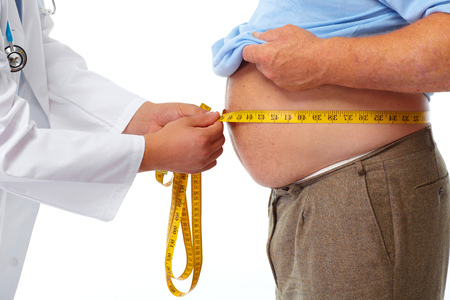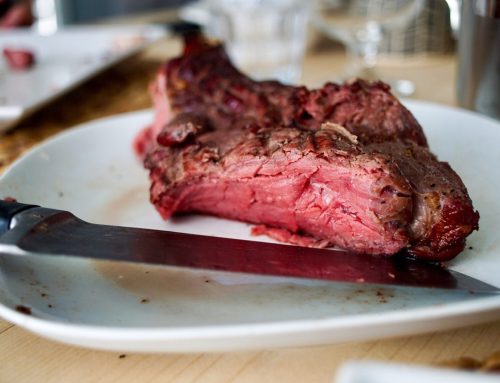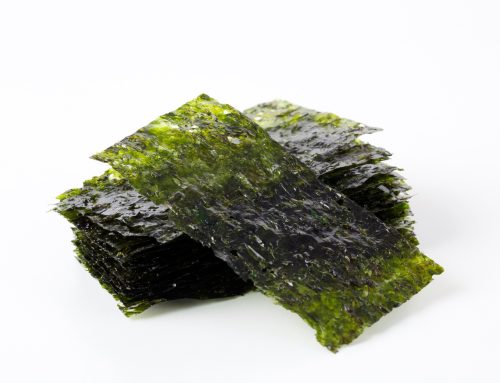Are you wondering how lose belly? Belly fat. Few words inspire more fear in the hearts of health-minded people. And for good reason. Visceral fat—the technical term for belly fat—is more than just a pooch that develops around your waistline in response to too much beer and simple carbs. It can actually be quite dangerous.
Read on to find out more about those health risks, the primary cause of visceral fat, and what you can do to prevent it—and to ensure your health and the health of others, don’t miss these Sure Signs You Have “Long” COVID and May Not Even Know It.
1 What Is Visceral Fat?
Unlike subcutaneous fat—the jiggly fat under the skin that you can grab or pinch—visceral fat surrounds organs deep within the abdomen, like the stomach, liver, and intestines. It’s not just an aesthetic concern. According to the Cleveland Clinic, excess visceral fat raises your risk of serious metabolic disorders, including:
• Heart disease
• Type 2 diabetes
• Fatty liver disease
• Polycystic ovary syndrome
• Sleep apnea
In women, visceral fat is also associated with breast cancer and the need for gallbladder surgery, says Harvard Medical School.
The more visceral fat you have, the higher your chance of developing these issues.
2 Am I At Risk?
According to Johns Hopkins Medicine, you may be more likely to experience health problems from visceral fat if your waist is more than 40 inches if you’re a woman, or your waist is more than 35 inches if you’re a man.
3 Why Does Visceral Fat Raise Health Risks?
“Research suggests that fat cells — particularly abdominal fat cells — are biologically active,” says Harvard Medical School. “It’s appropriate to think of fat as an endocrine organ or gland, producing hormones and other substances that can profoundly affect our health.”
Among those negative effects: visceral fat may increase the production of inflammatory substances in the body that raise the risk of heart disease and type 2 diabetes. Visceral fat’s proximity to the liver and pancreas could also increase “bad” cholesterol and inhibit the body from breaking down fat and processing blood sugar.
4 What Is the #1 Cause of Visceral Fat?
The #1 cause of visceral fat seems to be poor diet, particularly one that’s high in added sugar and simple carbohydrates (which the body quickly converts to sugar). That leads to weight gain that’s often difficult to lose, particularly in the abdominal area.
“Fructose, or sugar, causes fat cells to mature faster, specifically in the visceral fat,” says the Cleveland Clinic. “A diet filled with fructose-containing sodas or drinks not only increases your calorie intake, but it impacts how the belly fat develops.”
5 How to Lose Belly Fat?
Wondering how to lose belly fat? The easiest way to reduce visceral fat is to lose weight. Ditching sugar-sweetened drinks like sodas and processed foods are a good start. Eat more fruits and vegetables, lean proteins, and whole grains. “Weight loss alone can effectively reduce visceral fat,” says W. Scott Butsch, MD, an obesity medicine specialist with the Cleveland Clinic. “By losing 10% of your body weight, you may lose up to 30% of your body fat.”
Experts also say exercise is crucial to slashing belly fat; diet won’t do it alone, says Johns Hopkins Medicine. Moderate physical activity combined with strength training seems to work best.
And be sure to get enough sleep. Researchers at Wake Forest University found that dieters who sleep five hours or less every night put on 2 1/2 times more belly fat than people who slept adequately (meaning seven to nine hours a night). And to get through this pandemic at your healthiest, don’t miss these 35 Places You’re Most Likely to Catch COVID.
Click here to read more about how to lose belly fat.







